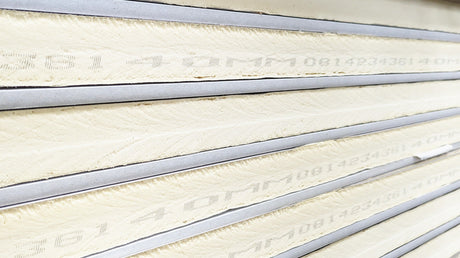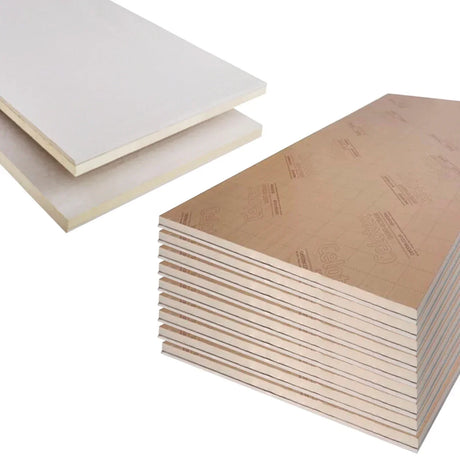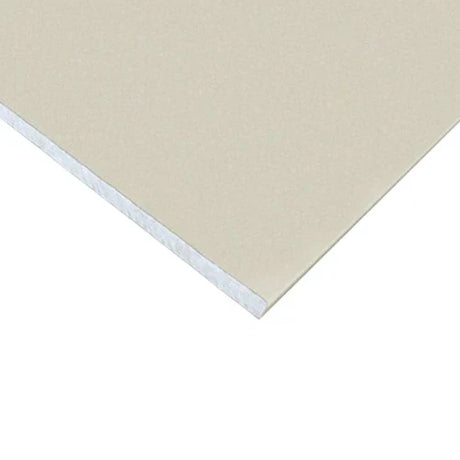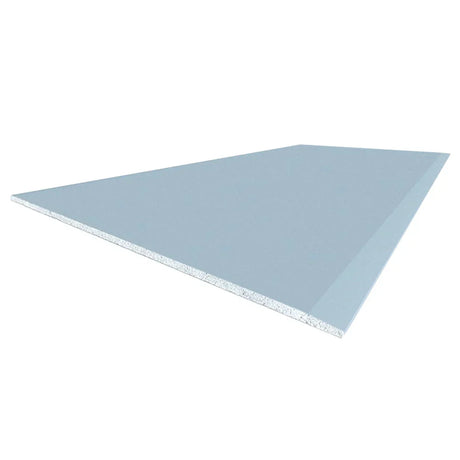Selecting appropriate guttering for period properties involves balancing authentic historical appearance with practical performance considerations. Both aluminium and cast iron offer distinct advantages for heritage applications, with the optimal choice depending on specific property characteristics, conservation requirements, and practical installation factors.
The authentic historical appearance traditionally favored cast iron as the original material for period properties from Georgian, Victorian, and Edwardian eras. Traditional cast iron guttering features distinctive half-round profiles with decorative brackets and ornate rainwater heads that form integral parts of these architectural styles. Modern cast iron systems maintain this historical authenticity with patterns directly replicating original designs, including authentic bracket styles, traditional jointing methods, and period-specific decorative elements. However, quality aluminium heritage systems have evolved to offer remarkably convincing alternatives, with profiles precisely matching traditional cast iron dimensions and appearances. Leading manufacturers like Marley Alutec (Heritage range) and Alumasc (Heritage and Apex Heritage lines) produce aluminium systems with traditional detailing including authentic bracket designs, textured paint finishes simulating cast iron's surface characteristics, and decorative hoppers replicating historical patterns. From ground level, these premium aluminium heritage systems prove virtually indistinguishable from genuine cast iron while offering significant practical advantages.
Conservation requirements significantly influence material selection for listed buildings or properties within conservation areas. Grade I and Grade II* listed buildings typically face strict requirements from conservation officers regarding authentic materials and traditional construction methods, often mandating genuine cast iron regardless of practical considerations. Grade II listed properties and those within conservation areas frequently allow greater flexibility, with conservation-sensitive aluminium systems acceptable when they faithfully replicate traditional appearances. Local authority conservation officers generally assess these decisions case-by-case, considering the building's specific listing status, the visibility of the proposed guttering from public viewpoints, and the precedent established by previous alterations. For properties with existing cast iron guttering requiring replacement, the decision often hinges on whether the original system represents significant heritage value (early Victorian patterns, unusual regional variations, or systems with notable decorative features) or standard patterns reproduced convincingly in modern aluminium alternatives.
Weight and structural loading create significant practical differences between these materials. Traditional cast iron guttering weighs approximately 6-8kg per linear metre depending on profile, creating substantial loading on fascias and supporting structures. This weight proves particularly problematic for period properties with aged timber fascias or decorative corbels that may have deteriorated over decades, potentially necessitating substantial supporting structure reinforcement to accommodate replacement cast iron systems. Aluminium heritage alternatives typically weigh 1.5-2kg per linear metre for equivalent profiles, reducing structural loading by 70-75% while maintaining authentic appearance. This substantial weight reduction often allows installation without fascia reinforcement or replacement, preserving original building fabric and reducing project complexity. For properties where supporting structure condition raises concerns, aluminium's lighter weight provides compelling practical advantages despite potential heritage compromise.
Installation practicality differs substantially between these materials, influencing both professional installation costs and project complexity. Cast iron requires specialist installation skills increasingly rare among general builders, with traditional jointing methods using mastic and bolt couplings requiring experience for reliable weathertight connections. The substantial weight necessitates additional labour for safe handling, often requiring two-person installation even for straightforward sections. Cutting and adjustment on site requires specialist tools and techniques not commonly available. By comparison, aluminium heritage systems install using similar techniques to standard aluminium guttering, with mechanical joints or contemporary connection methods providing reliable sealing while maintaining traditional appearances. The lighter weight allows single-person installation for most sections, reducing labour requirements and associated costs. These practical installation differences typically translate to 30-40% higher installation costs for cast iron systems beyond the material price premium, representing significant project budget implications.
Maintenance requirements create perhaps the most substantial practical distinction between these materials. Traditional cast iron requires regular maintenance to prevent corrosion, typically including repainting every 5-7 years with appropriate preparation and specialist paint systems. Without this regular maintenance, cast iron develops progressive rusting that eventually compromises structural integrity. The material's susceptibility to impact damage creates vulnerability to ladders or falling debris, with repairs often requiring specialist skills not readily available. By contrast, quality powder-coated aluminium heritage systems require minimal maintenance beyond basic cleaning, with no painting requirements throughout their extended lifespan. The factory-applied finishes maintain appearance and protective function for decades without intervention, while the material's corrosion resistance prevents the progressive deterioration characteristic of neglected cast iron. For property owners balancing heritage sensitivity with practical maintenance considerations, this substantial maintenance differential often proves decisive in material selection.
Longevity expectations differ substantially when maintenance factors are considered. Properly maintained cast iron guttering can last 50-75+ years with appropriate regular attention, with many Victorian examples still functioning after 100+ years of service. However, this exceptional longevity depends entirely on rigorous maintenance regimes often lacking in contemporary property ownership. Without appropriate care, cast iron typically suffers accelerated deterioration after 15-20 years, with corrosion compromising both appearance and function. Aluminium heritage systems typically provide 30-40 years of maintenance-free service, maintaining appearance and function throughout this period without requiring specialised attention. When considering realistic maintenance practices rather than theoretical potential, aluminium often provides superior practical lifespan for most contemporary property owners unwilling or unable to commit to cast iron's demanding maintenance requirements.
Cost considerations reveal complex value propositions beyond simple initial purchase comparisons. Genuine cast iron guttering typically costs 40-60% more than equivalent heritage aluminium systems for initial material purchase, with the differential increasing further when installation complexity and labour requirements are included. When maintenance costs are factored across the system lifespan, cast iron's total ownership cost typically exceeds heritage aluminium by 2-3 times despite the latter's higher initial cost compared to standard aluminium or uPVC alternatives. For property owners able to perform regular maintenance themselves, this cost differential narrows but remains substantial when considering materials and time commitment. These lifecycle cost implications increasingly influence decisions for period property owners balancing heritage authenticity with practical economic considerations, particularly for larger properties with extensive guttering systems requiring significant investment.
Environmental sustainability considerations increasingly influence material selection alongside heritage factors. Cast iron guttering carries high embodied carbon due to energy-intensive production processes, though its exceptional potential longevity partially offsets this initial impact. The material's recyclability at end of life provides positive environmental credentials, with recycled cast iron requiring significantly less energy than primary production. Aluminium similarly offers excellent recyclability but with lower embodied energy when using high recycled content in production. The minimal maintenance requirements reduce lifetime environmental impact through eliminated painting chemicals and associated processes. For environmentally conscious period property owners, these sustainability factors provide additional considerations beyond pure heritage authenticity, with aluminium's reduced lifetime environmental footprint often complementing its practical advantages.
Regional weather exposure creates varying performance implications. In severe coastal environments with salt-laden air, cast iron suffers accelerated corrosion requiring even more frequent maintenance intervention, while quality marine-grade aluminium alloys maintain integrity with minimal degradation. Properties in areas with frequent freeze-thaw cycles experience different challenges, with cast iron's thermal mass helping prevent rapid freezing but creating greater structural loading when ice formation occurs. Areas with heavy pollution or industrial fallout similarly affect these materials differently, with cast iron requiring more frequent maintenance while aluminium's powder-coated surfaces resist chemical attack more effectively. These regional factors create location-specific considerations beyond general performance characteristics, potentially influencing appropriate material selection based on specific environmental exposure conditions.
Regional weather exposure creates varying performance implications. In severe coastal environments with salt-laden air, cast iron suffers accelerated corrosion requiring even more frequent maintenance intervention, while quality marine-grade aluminium alloys maintain integrity with minimal degradation. Properties in areas with frequent freeze-thaw cycles experience different challenges, with cast iron's thermal mass helping prevent rapid freezing but creating greater structural loading when ice formation occurs. Areas with heavy pollution or industrial fallout similarly affect these materials differently, with cast iron requiring more frequent maintenance while aluminium's powder-coated surfaces resist chemical attack more effectively. These regional factors create location-specific considerations beyond general performance characteristics, potentially influencing appropriate material selection based on specific environmental exposure conditions.
At DIY Building Supplies, we offer both heritage aluminium systems and traditional cast iron guttering options, allowing our customers to select the most appropriate solution for their specific property requirements. Our technical team provides comprehensive guidance on balancing heritage authenticity with practical performance considerations, ensuring informed decisions that respect both conservation principles and long-term performance requirements.









